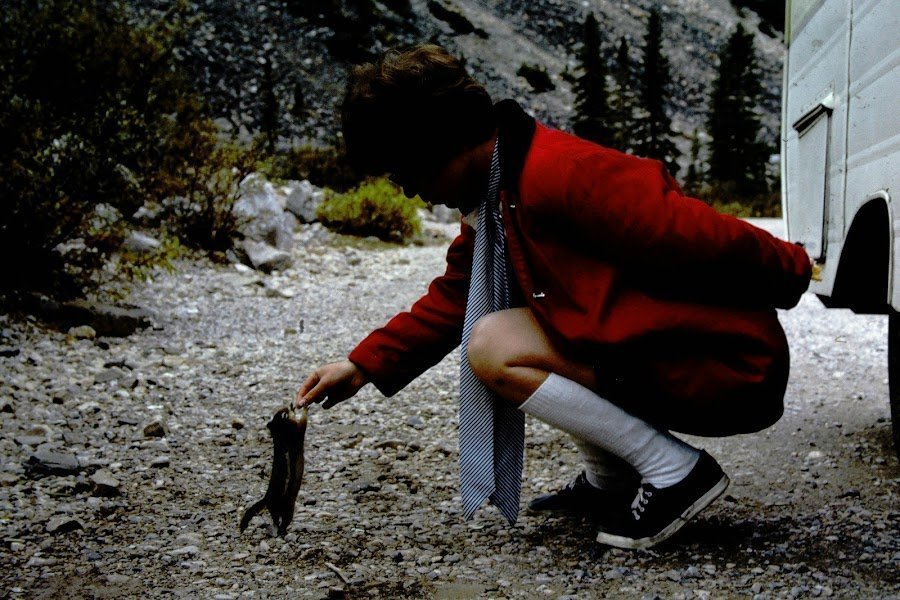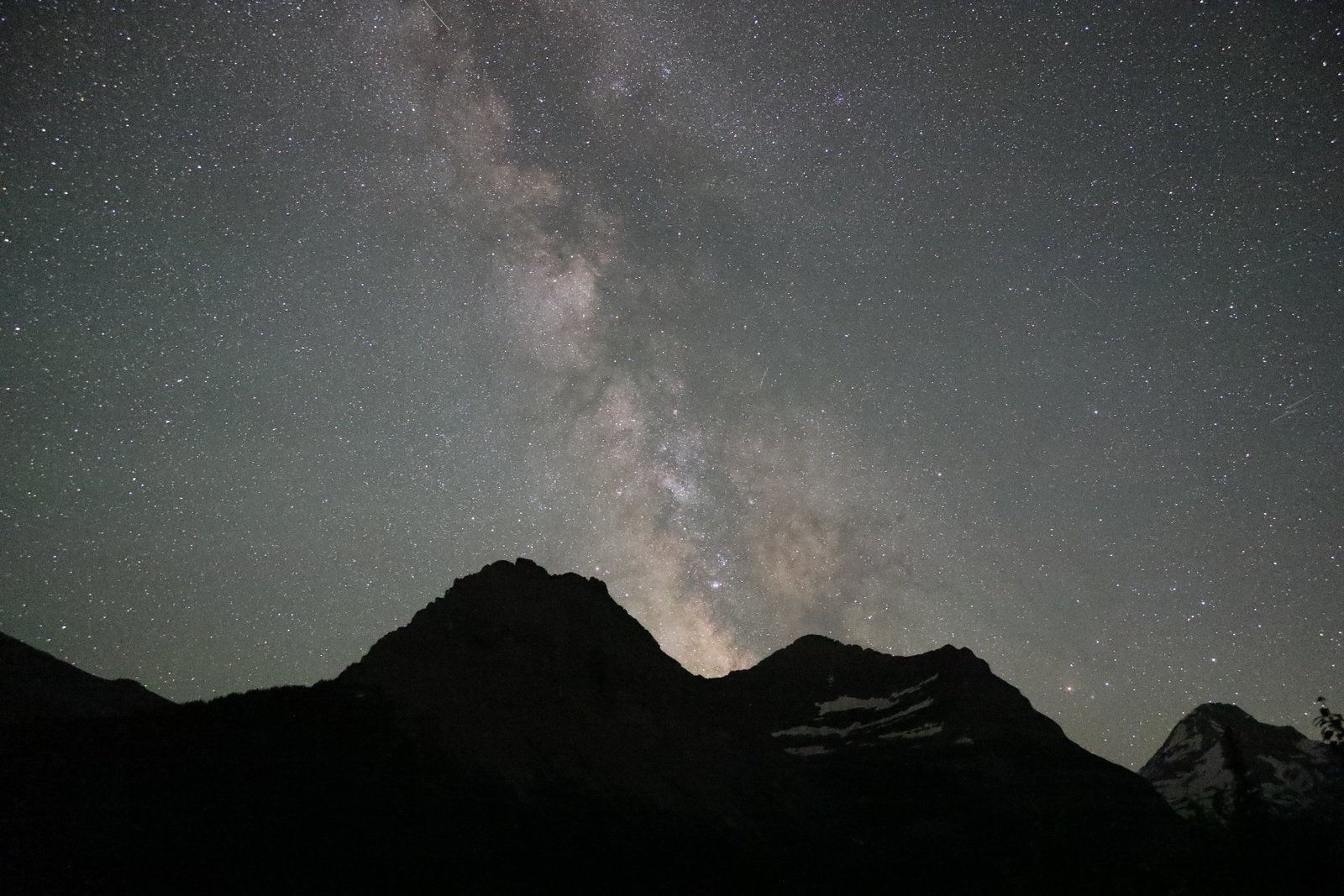Glacier National Park is home to a diverse array of fish species, including native and introduced varieties. The park’s pristine waters, ranging from high-altitude lakes to meandering rivers, provide unique habitats for various fish. This guide explores the native fish species, their habitats, fishing regulations, and conservation efforts within the park. Understanding these species is crucial for both anglers and conservationists to maintain the delicate balance of Glacier’s aquatic ecosystems.
What Are the Native Fish Species in Glacier National Park?

Glacier National Park boasts several native fish species, each adapted to the park’s unique aquatic environments. These species have evolved over thousands of years to thrive in the cold, clear waters of the park’s lakes and streams.
Westslope Cutthroat Trout
- Identification: Red “slash” under the lower jaw
- Habitat: Streams, lakes, and rivers throughout the park
- Importance: Most significant game fish in Glacier National Park
Bull Trout
- Identification: Pink or orange spots on body
- Habitat: Deeper, colder waters
- Conservation Status: Listed as threatened under the Endangered Species Act
- Distribution: Native to the park, particularly east of the Continental Divide
Mountain Whitefish
- Identification: Silvery body with small scales
- Habitat: Abundant in lower lakes and larger streams
- Characteristic: No significant morphological variation among different drainage systems
Arctic Grayling
- Identification: Large, sail-like dorsal fin
- Habitat: Found in some streams of Montana, including areas of Glacier National Park
- Distribution: Less common in the park’s lakes but introduced to some
Where Can These Fish Species Be Found in the Park?

The diverse aquatic habitats of Glacier National Park provide various environments for fish species to thrive. Here’s a breakdown of where you’re likely to encounter different species:
- Streams and Rivers
- Westslope Cutthroat Trout
-
Bull Trout
-
Lakes
- Mountain Whitefish (abundant in lower lakes)
- Bull Trout (in some lakes)
-
Westslope Cutthroat Trout (in some lakes)
-
High-Altitude Waters
- Arctic Grayling (in some introduced areas)
What Are the Fishing Regulations in Glacier National Park?
Fishing in Glacier National Park is regulated to protect native fish populations and maintain the ecological balance. Here are the key regulations:
Permitted Fishing Areas
- Most waters within the park are open for fishing
- Some areas are closed to protect native fish populations
- Specific streams, lakes, and river sections may be designated as closed waters
Catch Limits and Handling
| Species | Catch Limit | Handling Instructions |
|---|---|---|
| Native Fish | Must be released | Handle carefully and release immediately |
| Bull Trout | No retention allowed | Handle with extreme care and release immediately |
| Non-Native Fish | No daily catch or possession limit | Follow park guidelines for disposal |
General Regulations
- No fishing license required within park boundaries
- Wet hands with water before handling fish to minimize harm
- Follow fish consumption guidelines if keeping fish to eat
How Do Aquatic Ecosystems in the Park Support Fish Species?
The aquatic ecosystems in Glacier National Park play a crucial role in supporting diverse fish species. These ecosystems are characterized by:
- Water Temperature Ranges
- Near-freezing in high-altitude lakes and streams
-
Warmer temperatures in lower-elevation waters
-
pH Levels
- Generally between 6.5 and 8.5
-
Suitable for trout and other native species
-
Watershed Diversity
-
Headwaters of three continental-scale watersheds:
- Columbia River
- Missouri River
- Hudson Bay Drainage
-
Water Quality
- Clear, cold water
- Minimal human impact in many areas
- High-quality lentic and lotic environments
Are There Organized Fishing Tours or Educational Programs in the Park?
While Glacier National Park doesn’t offer specific organized fishing tours focused on fish identification and conservation, there are educational resources and initiatives available:
- Glacier Conservancy
- Supports efforts to mitigate the impact of invasive fish species
- Provides educational resources
-
Supports conservation projects
-
National Park Service Programs
- Offers general information on:
- Fishing regulations
- Fish identification
- Conservation efforts
-
Information available through website and visitor centers
-
Self-Guided Education
- Visitors can learn about fish species through:
- Interpretive signs throughout the park
- Brochures and guidebooks available at visitor centers
- Online resources provided by the National Park Service
How Can Visitors Contribute to Fish Conservation in Glacier National Park?
Visitors to Glacier National Park can play a significant role in fish conservation efforts:
- Follow Fishing Regulations
- Adhere strictly to catch-and-release guidelines for native species
-
Use appropriate fishing techniques to minimize harm
-
Practice Leave No Trace Principles
- Dispose of fishing line and other waste properly
-
Avoid disturbing shoreline vegetation
-
Report Invasive Species
- Learn to identify non-native fish species
-
Report any sightings to park rangers
-
Educate Yourself and Others
- Learn about the park’s native fish species and their importance
-
Share knowledge with fellow anglers and visitors
-
Support Conservation Organizations
- Donate to or volunteer with organizations like the Glacier Conservancy
- Participate in citizen science projects when available
By understanding and appreciating the fish species of Glacier National Park, visitors can contribute to the preservation of these unique aquatic ecosystems for future generations.
References:
1. https://www.nps.gov/parkhistory/online_books/glac/fishes/sec2.htm
2. https://www.nps.gov/glac/planyourvisit/fishing.htm
3. https://glacier.org/newsblog/protecting-native-fish-in-glacier/